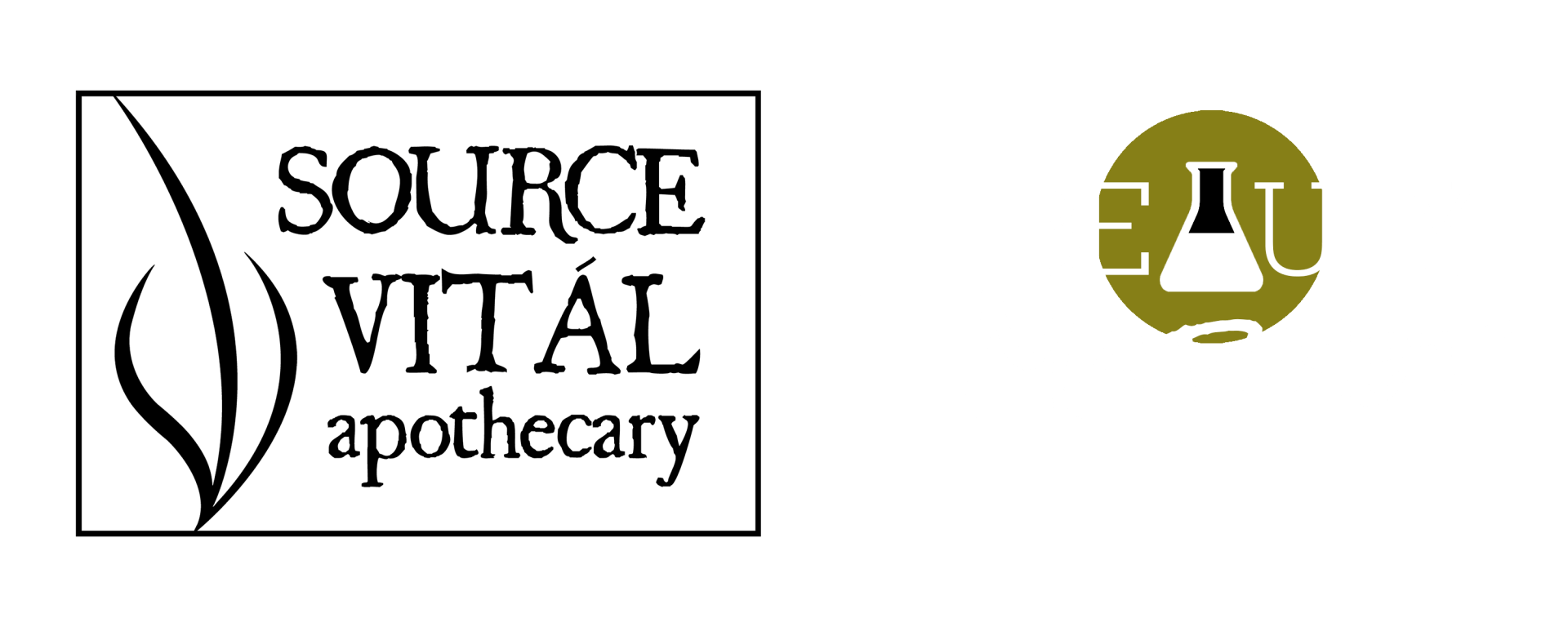Our Ingredient and Brand Standards
Our philosophy is key for not only the products we make, but also the other brands we carry. First, all products must meet a strict “clean ingredient” set of guidelines that restricts specific "dirty" components from being used in the manufacturing of their products. We also require brands we work with to be independently owned and not readily available in every store you walk into - such as Ulta and Sephora. We also aim to work with as many complimentary local Texas brands as possible.
You will never find these ingredients in the products we make or sell:
- DEA/MEA/TEA: Abbreviations for diethanolamine, monoethanolamine, and triethanolamine, these ammonia compounds are added to cosmetics as emulsifiers and foaming agents. Ethanolamines are linked to cancer, organ toxicity, reproductive issues, and skin irritation.
- Formaldehyde: Some synthetic preservatives, like urea, release this carcinogen, which is also a skin and lung irritant, and organ- and neuro-toxin.
- GMOs: This is a term used widely in foods, but is also a concern in personal care, as in aromatherapy and essential oils. Certain crops are commonly contaminated with GMOs, like corn and soy. At Source Vitál Apothecary, we have spent years developing relationships with reputable suppliers that provide documentation stating that they do not use GMOs in any of their products.
- Heavy Metals (Metalloestrogens): Many common metals, such as aluminum, that show up in cosmetics are suspected hormone disruptors. Like parabens, they accumulate in the body. But metalloestrogens take longer to flush out, causing longer exposure to toxins. Heavy metal levels that are too high are thought to increase risk of cancer, cause developmental and reproductive issues, are organic and immune system toxicants, and may cause allergic reaction.
- Methylisothiazolinone (MIT): Widely used in cosmetics as a preservative, MIT is a potential neurotoxin and may impair fetal development. It has also been shown to cause allergic reaction. If a cosmetic product claims to be “paraben-free”, check to see if it contains MIT.
- Parabens: All parabens, including Ethylparaben, Butylparaben, Isobutylparaben, Isopropylparaben, Methylparaben, and Propylparaben, are not allowed. Parabens have been known to accumulate in the body amd potentially disrupt hormone function.
- Pharmaceuticals: Synthetic cosmetic ingredients are sometimes used to offer a quick fix by treating symptoms. But these man-made ingredients do not address the underlying problem, and can weaken and suppress the human immune system.
- Phthalates: Phthalates are often used in skin care, makeup, hair care, and nail polish, and are listed by the European Union (EU) as an “endocrine-disrupting compound of high concern”. They can also negatively affect fertility and fetal development. Phthalates are generally not found on ingredient listings because they fall under the federal “fragrance” loophole.
- Sodium Lauryl/Laureth Sulfate (SLS/SLES): SLS and SLES are esters of sulphuric acid used to make products like shampoo, face wash, and toothpaste foamy. They are known penetration enhancers, altering the epidermal structure and allowing other chemicals to more easily sink into skin, and are often contaminated with chemical carcinogens. These ingredients have also been shown to irritate skin and eyes, and may cause permanent eye damage.
- Synthetic Colorants: Artificial color ingredients are petrochemicals that are tested on animals due to carcinogenic properties. They also cause skin irritation, allergic reaction, acne, and possibly ADD symptoms.
- Synthetic Fragrances: You can usually tell if a product contains synthetic fragrance ingredients by the unnaturally strong scent, though some synthetic fragrances are used in “fragrance-free” products to mask scent. These chemical combinations cause everything from headache and allergic reaction to rash, respiratory distress, and possible reproductive issues.
- Talc: An ingredient that has been used for generations, talc can be contaminated with asbestos that can be a respiratory toxin and carcinogenic. It has also been lined to ovarian cancer.
- Triclosan: A heavy duty antibacterial and preservative used by hospitals, this ingredient can be found in hand soaps, hand sanitizers, and even toothpaste. But triclosan comes with a host of health concerns including possible contamination with chloroform and dioxins, skin, eye, and lung irritation, hormonal disruption, allergic reaction, organ toxicity, and bioaccumulation.
- Urea: A man-made synthetic used as a preservative and to make skin feel soft. It is also a known penetration enhancer, altering the skin structure so other chemicals can more easily make their way into deeper layers of skin and the blood stream. This chemical releases formaldehyde, a human carcinogen, and can lead to allergic reaction, reproductive issues, and skin and eye irritation.

